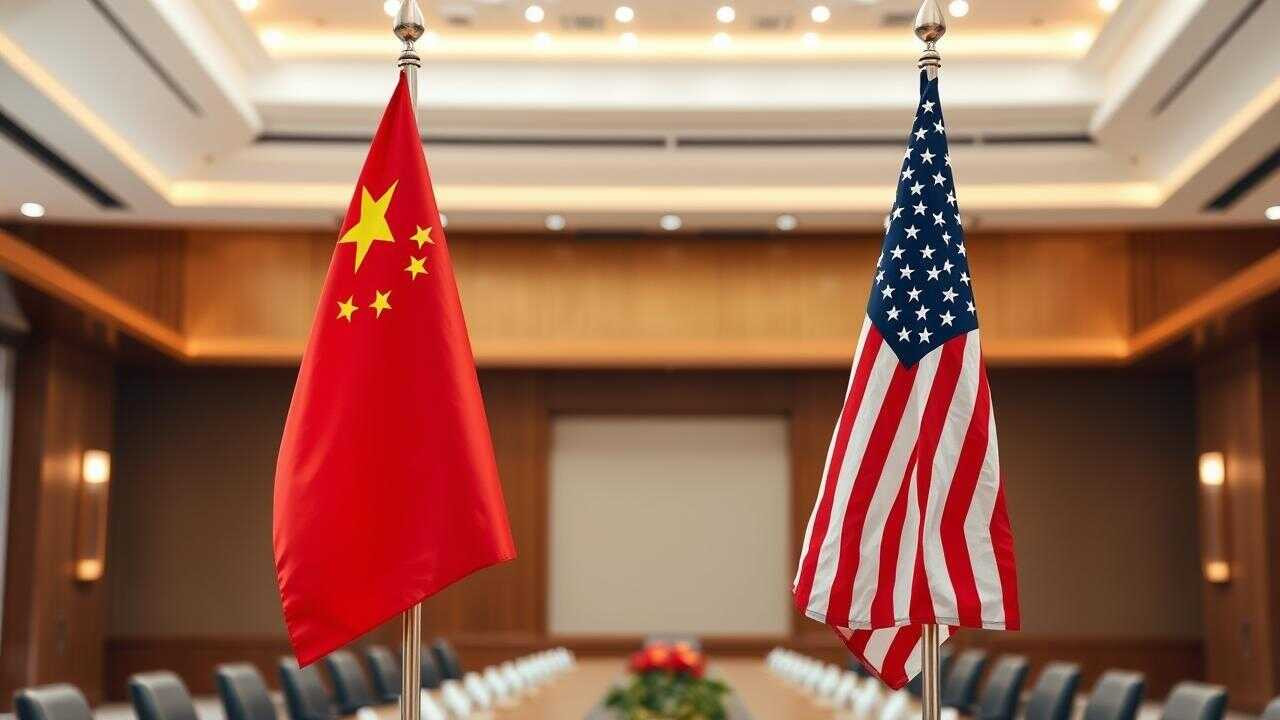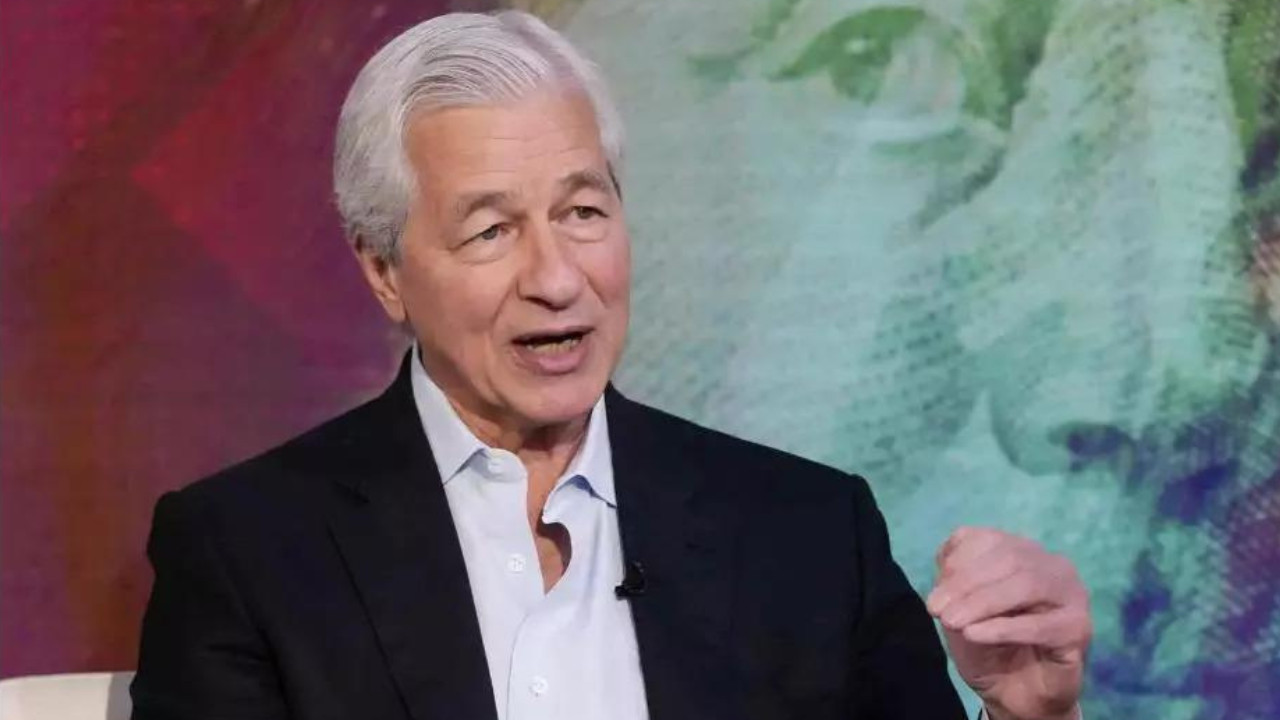China has issued a strong warning to the US, declaring readiness to ‘fight to the end’ amidst escalating trade tensions. This comes after the US imposed a 100% tariff on Chinese imports, bringing the total to 130%.
Navigating the Tightrope: China’s Response to Potential US Tariff Hikes
The global trade landscape just got a whole lot more interesting, and frankly, a little tense. The possibility of the United States slapping a 100% tariff increase on Chinese goods has the international community holding its breath. It feels like we’re watching a high-stakes poker game, with billions of dollars – and global economic stability – on the table.
The buzz started with whispers, then grew into pronouncements: the previous US administration’s tariffs might not only stay in place, but potentially double. This isn’t just about a few extra dollars on your next online purchase; we’re talking about a potentially seismic shift in the relationship between the world’s two largest economies.
China’s reaction? A firm, but measured response. Think of it as a seasoned diplomat raising an eyebrow instead of slamming the door. They’ve made it clear that they’re not thrilled, emphasizing a “fight to the end” if pushed, but simultaneously keeping the lines of communication open for negotiation. It’s a delicate dance, this art of international relations.
The Stakes of the Tariff War
What’s at stake here goes far beyond simple trade imbalances. Increased tariffs ripple through supply chains, potentially hitting consumers with higher prices and businesses with increased costs. Imagine your favorite electronics suddenly becoming significantly more expensive, or your local manufacturer struggling to compete. That’s the potential impact we’re talking about.
And it’s not just about the US and China. The entire global economy is interconnected. Disruptions in one area can have cascading effects elsewhere. Other countries, dependent on these trade routes or acting as suppliers, could feel the pinch. Increased tariffs represent a challenge for global stability.

China’s Dual Approach: Defiance and Diplomacy
China’s strategy seems to be a two-pronged approach. On one hand, they are prepared to defend their interests. The phrase “fight to the end” isn’t just rhetoric; it signifies a commitment to protect their economic standing and national pride. No one wants to be perceived as backing down under pressure.
On the other hand, the open door for negotiations is a critical element. China understands that a full-blown trade war benefits no one. Dialogue, compromise, and a willingness to find common ground are essential to prevent a disastrous outcome. It suggests a belief that a mutually acceptable resolution is still possible. Perhaps exploring other avenues to address trade imbalances, like increased market access or strengthened intellectual property protections, could offer a path forward.
Beyond Tariffs: A Broader Economic Landscape
This isn’t just about tariffs; it’s about something bigger. It’s about technological competition, geopolitical influence, and the future of the global economic order. The US has raised concerns about unfair trade practices, intellectual property theft, and market access restrictions. China, in turn, accuses the US of protectionism and hindering its economic development.
Navigating these complex issues requires a nuanced understanding of each other’s perspectives. Blaming each other without understanding will not resolve trade differences.
We must also consider the role of technology. Both nations are racing to dominate key industries like artificial intelligence, renewable energy, and electric vehicles. Trade policies inevitably influence the speed and direction of technological advancement. If you are interested in reading more about China’s role in the global landscape, you might want to explore our article on [China’s Growing Tech Influence](internal-link-example).
Looking Ahead: A Path Forward for US-China Relations
The potential for a 100% tariff increase is a serious concern, but it doesn’t have to be a self-fulfilling prophecy. The key to avoiding a trade war lies in open communication, a willingness to compromise, and a focus on mutually beneficial solutions. The ongoing negotiations, no doubt, will be complex and challenging. But the alternative – a full-scale trade war – is simply too costly to contemplate. It will require both sides to set aside their differences and work together to find a way forward, not just for their own economies, but for the stability of the world. The future hinges on finding that common ground.







